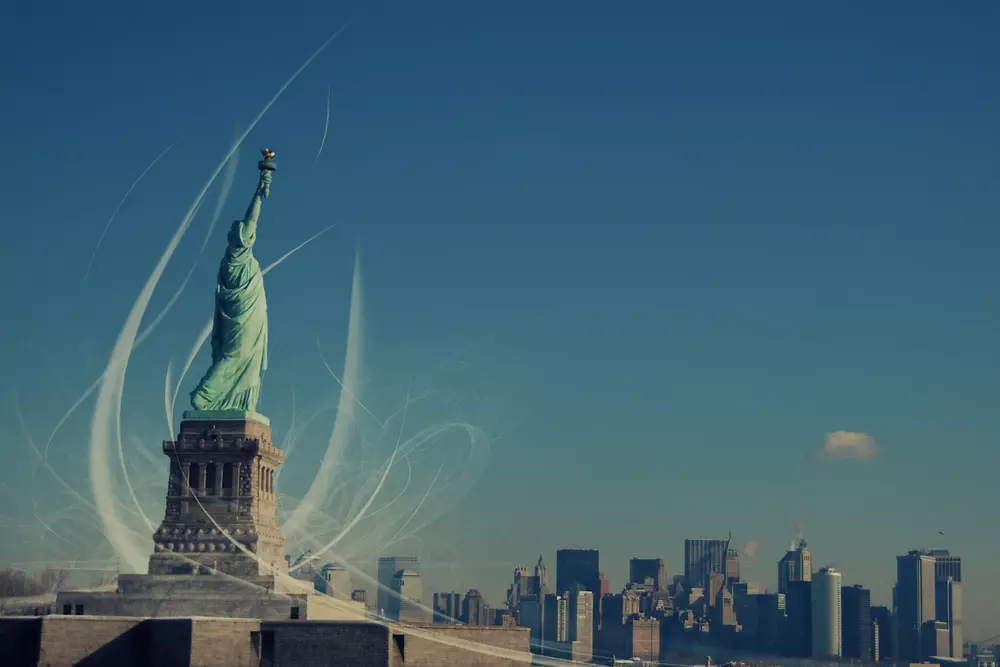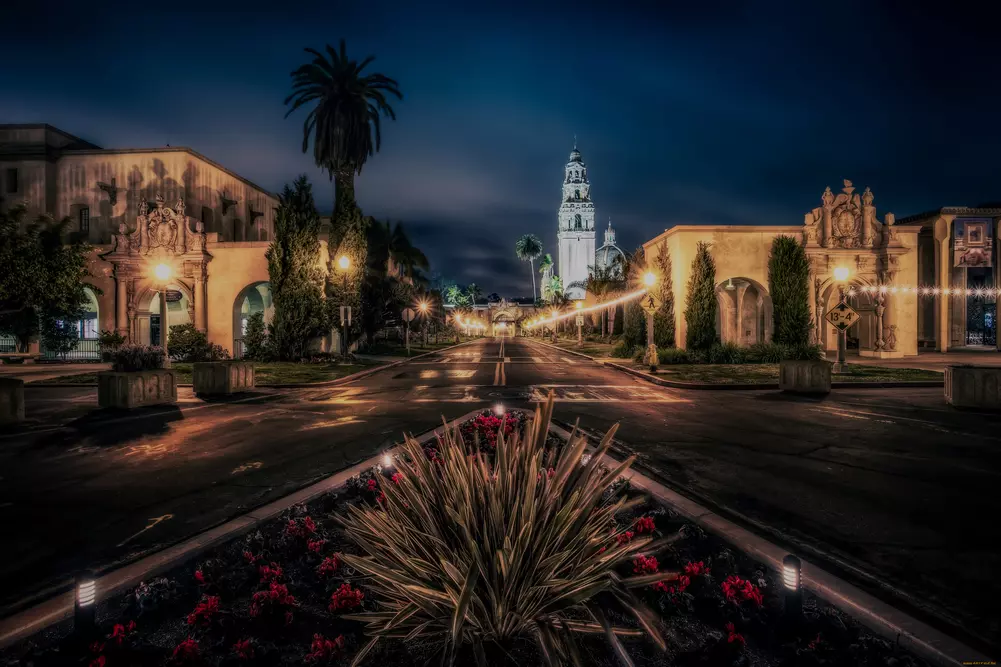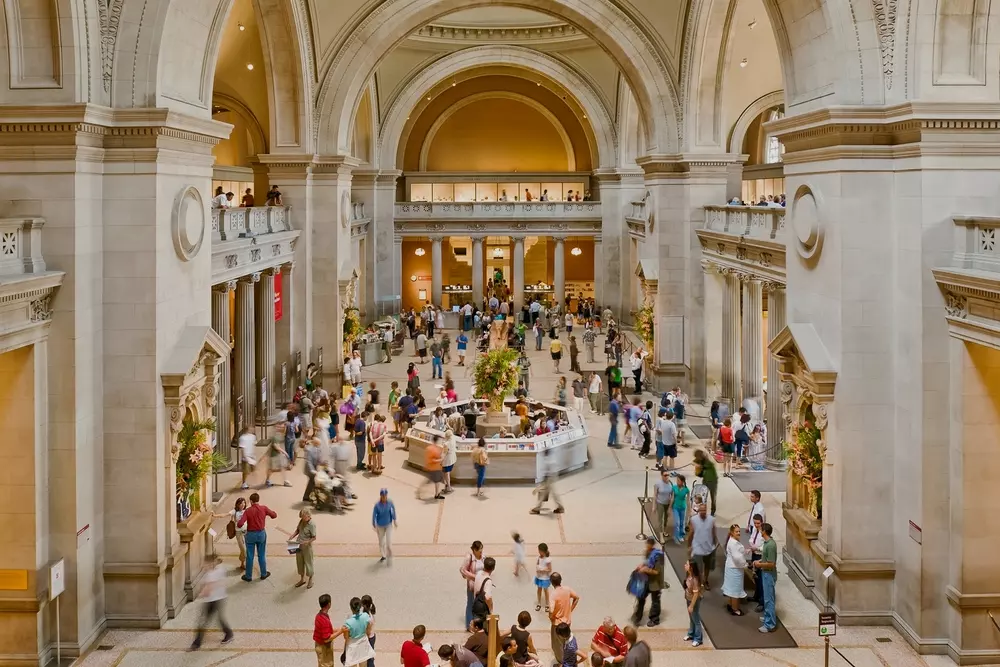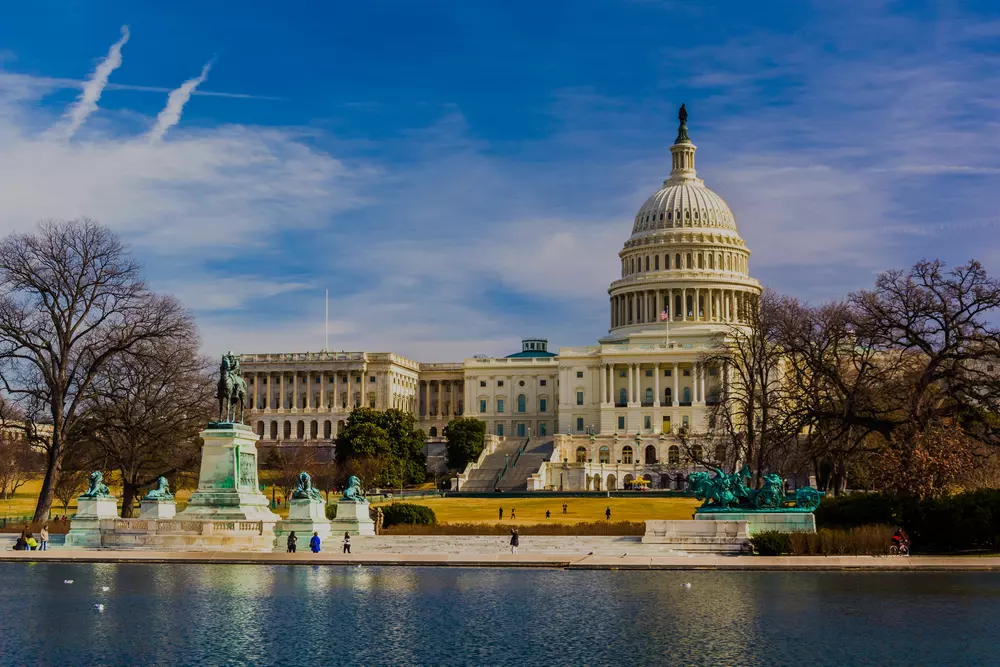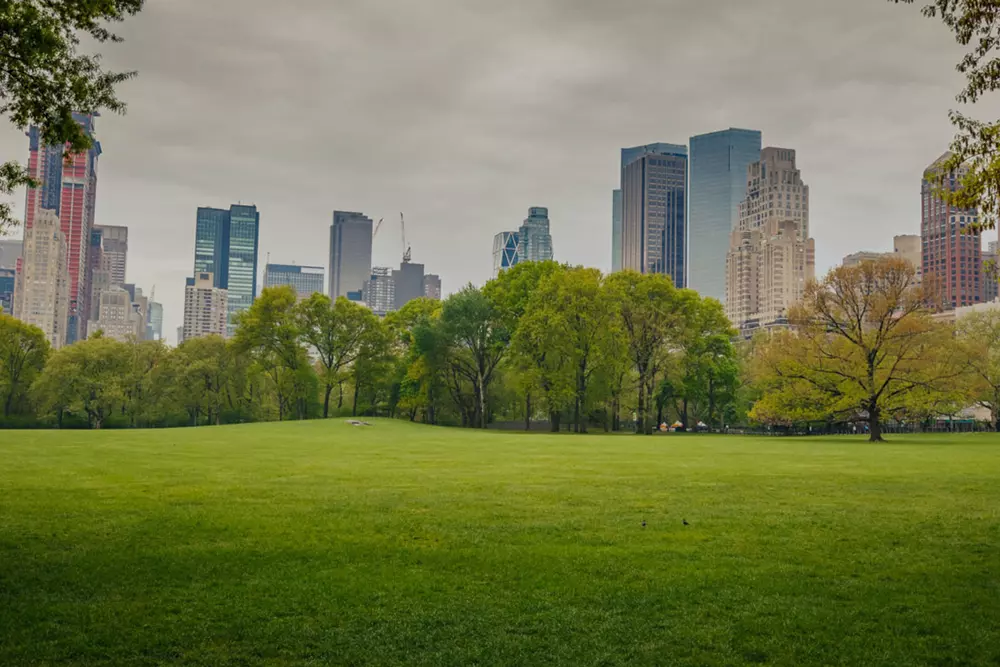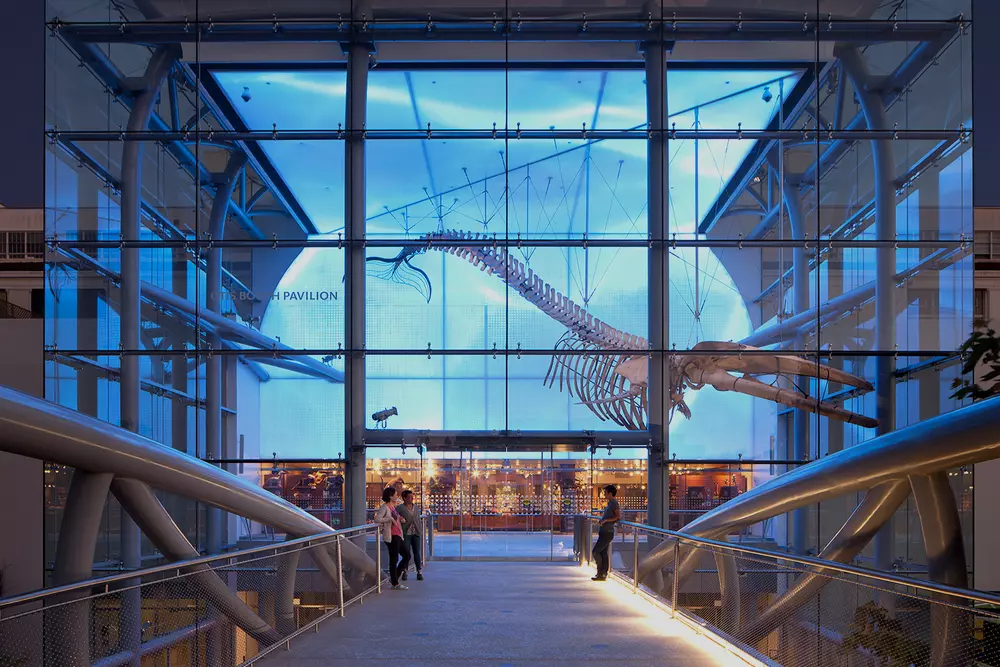Explore the history and architectural beauty of New York's famed Woolworth Building, one of the most outstanding examples of an early skyscraper.
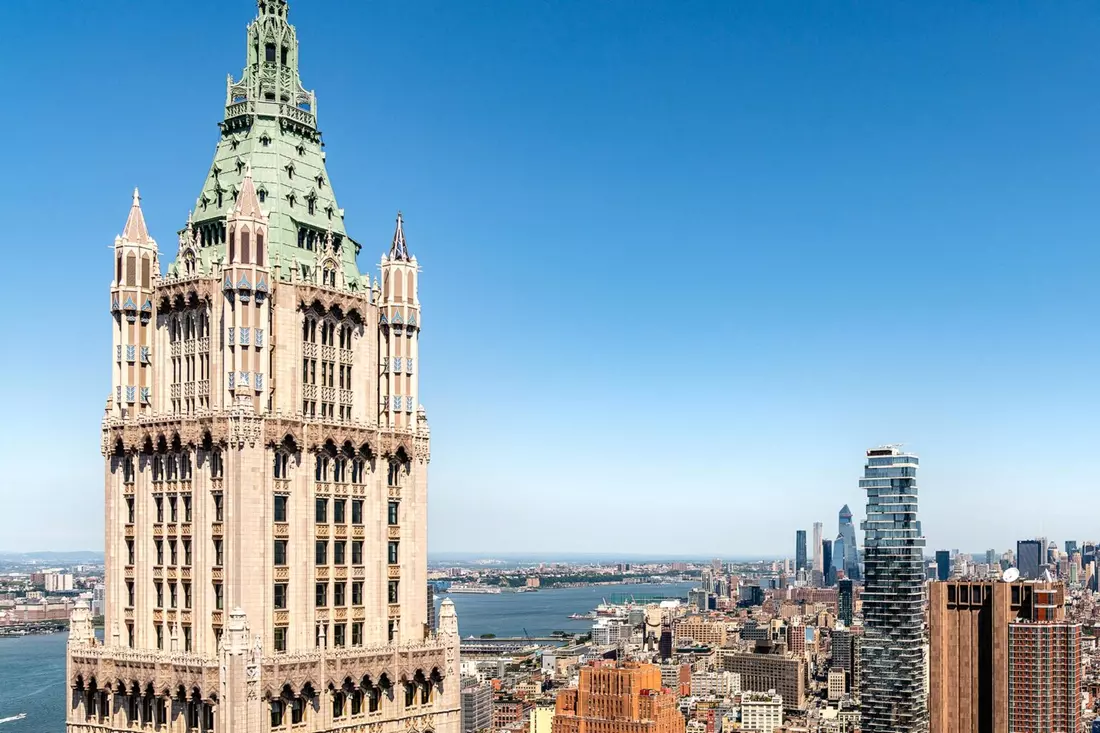
How the Tower of Coins Was Built
The Woolworth Building has an extensive and fascinating history. The creator of the world's first supermarkets and the founder of the retail chain F. W. Woolworth Company, Frank Woolworth decided to immortalize his brand with a towering building in Manhattan. The idea was great, but it came with a hefty price tag — in the 1900s, construction required $13.5 million. Woolworth, though an industrialist, did not have such cash on hand. The solution to the problem was simple and ingenious at the same time — he began saving. And as the goods in his stores were sold for 5-10 cents, Woolworth saved up small change.
By 1910, Frank Woolworth had saved up even more than the necessary amount and paid for all the work in cash. For the design, Woolworth hired Cass Gilbert — who would later become the architect of the United States Supreme Court buildings and the universities of Minnesota and Texas.
Gilbert proposed a foolproof option — a neo-Gothic skyscraper with columns, terracotta trim, and a gilded pyramid at the top. The carved decor on the facade and the clear straight forms of the skyscraper were meant to stand out even on the brightest street in New York — Broadway. Initially, the plan was to build a 190-meter building, but during the process, they corrected the project to 241 meters — 58 floors. All because of the nearby MetLife Tower: the insurance company's building rose to 213 meters, and it would be a sin not to outdo them. After all, there were enough coins.
In 1913, a grand opening took place. The recently elected U.S. President Woodrow Wilson pressed a symbolic button in Washington, and at that moment in New York, on Broadway, nearly 6,000 windows of the Woolworth Building lit up.
At that time, the skyscraper was the tallest building in the world, and such a ceremony amazed all Americans profoundly. The one who just a couple of years ago had been collecting pennies had reached the sky and could look at New York from a bird's-eye view.
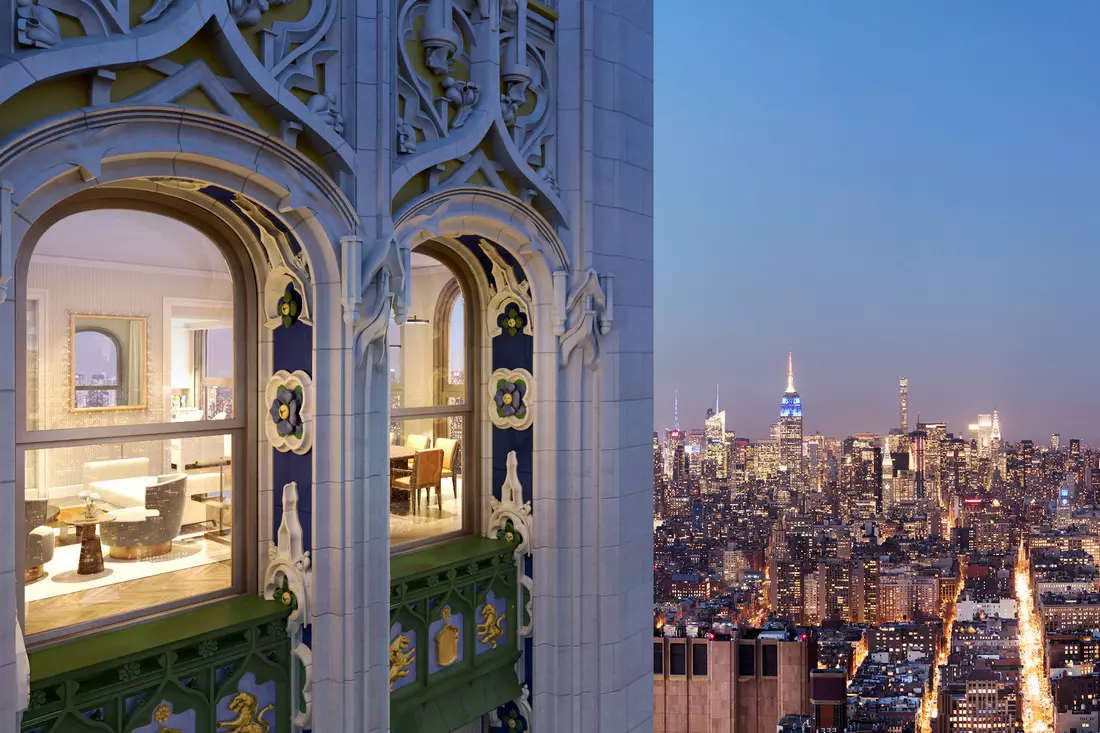
What's Inside and What to See
The Woolworth Company owned the building until as late as 1998. It housed the headquarters of the F. W. Woolworth Company, later renamed Venator Group. In addition to them, the building was home to Columbia Records studios, the offices of Irving Trust bank, and a couple of other large corporations. At the top, there was an observation deck, unrivaled until the 1930s.
But Barbara Hutton, Woolworth's daughter who later owned the skyscraper, lacked enterprise. Being a rich, drug-dependent, not entirely mentally healthy, and generally quite capricious woman, she quickly squandered all the money on helping friends, drunks, seven husbands, and lover-gigolos. To somehow get out of the financial pit, the spaces in the building began to be rented out cheaper, and later were sold entirely.
Today, the building is home to the New York School of Continuing and Professional Studies and the headquarters of Control Group Inc.
How to Get Into the Woolworth Building
Unfortunately, you can't. After the September 11, 2001, terrorist attacks, the building was closed to tourists. Previously, the Woolworth Building often appeared on postcards between the two towers of the World Trade Center. As a result of the disaster, the building was completely de-energized for several weeks, and entry was decided to be restricted for security reasons.
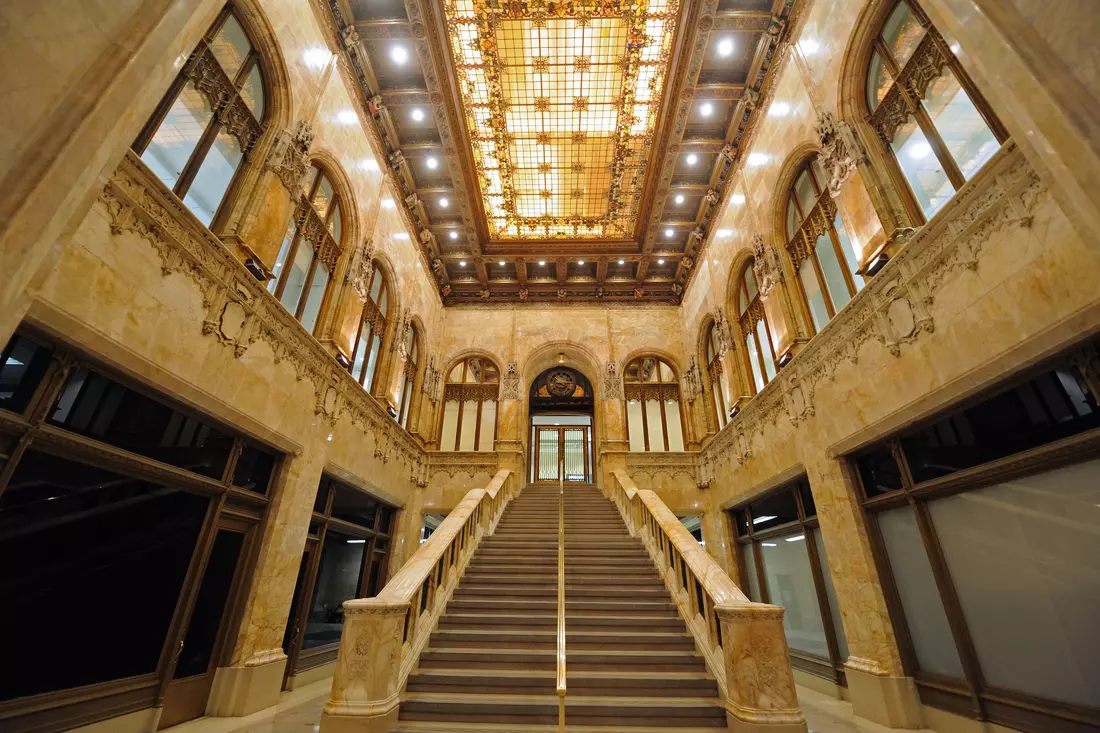
What About Batman?
In 2008, life in New York got a bit more exciting when the famous silhouettes of Batman appeared at night on the Woolworth Building, illuminated by spotlights. This spectacle was in celebration of the release of the film "The Dark Knight," but not everyone immediately realized this. However, this wasn't the first time the Woolworth Building caught the creative eye. In 1925, Vladimir Mayakovsky visited New York, and his experiences were immortalized in the poem "The Lady and the Woolworth."
To this day, the skyscraper remains so picturesque that it is frequently used for film shoots, postcards, and sightseeing tours. If you, too, wish to witness this masterpiece of American architecture in person, welcome! The specialists at American Butler will recommend the best routes and assist you with planning your tour in New York.
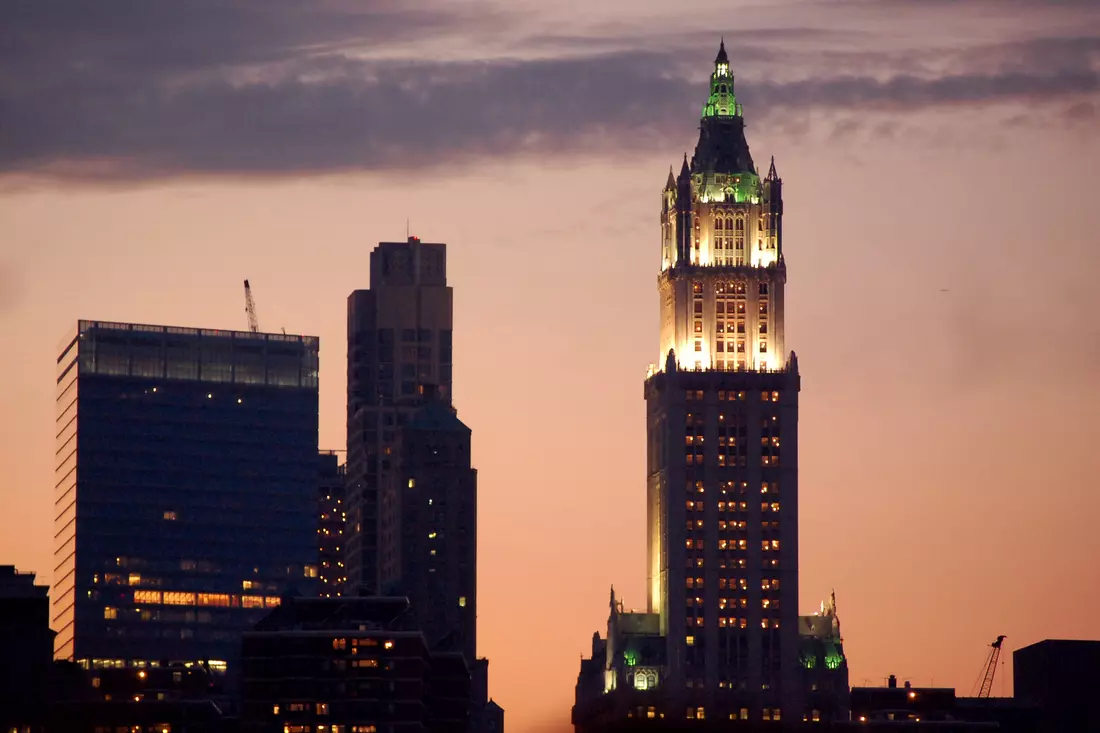
Concluding our exploration of the Woolworth Building, we are reminded once again that it is not just an architectural marvel but also an integral part of New York's history. Towering over the city since the early 20th century, the building continues to enchant both residents and visitors with its beauty and grandeur. The Woolworth Building is a symbol of innovation and dreams that have shaped New York into one of the world's most recognizable cities.
American Butler invites you to personally experience the magic of New York by offering tours that will reveal its secrets and share stories that come alive within its walls. Discover a history that inspires new achievements and allow us to narrate to you the unique story of the city.






















